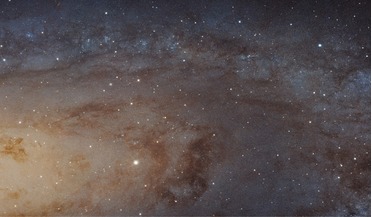 October 2016
The dwarf galaxy problem
October 2016
The dwarf galaxy problem
...physics, limited optical surveys and starless ‘dark galaxies’ are some of the possibilities suggested to account...very interesting object indeed! Combing the Virgo Cluster The dark galaxy idea is particularly intriguing - and perhaps not as outlandish ...
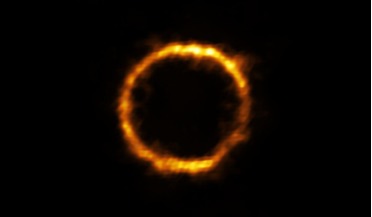 12 August 2020
Distant Milky Way look-alike is a breakthrough in the field of galaxy formation
12 August 2020
Distant Milky Way look-alike is a breakthrough in the field of galaxy formation
... after the late astronomer Arthur M. Wolfe, was found so early in the Universe, this proved to be something of a conundrum. Galaxy evolution is now being called into question again after the discovery of a similar breakthrough with an object called...
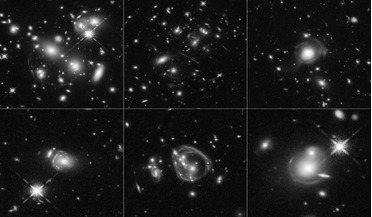 07 June 2017
Rare, massive, starburst galaxies captured in detail by Hubble
07 June 2017
Rare, massive, starburst galaxies captured in detail by Hubble
... a phenomenon called gravitational lensing, which occurs when the intense gravity of a massive object such as a galaxy or cluster of galaxies bends and magnifies the light of fainter, more distant background sources. Utilising this natural magnifying...
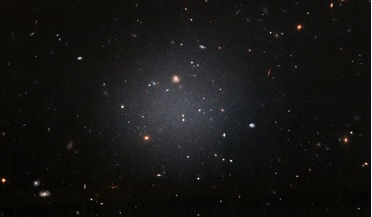 29 March 2018
A see-through galaxy questions the need for dark matter
29 March 2018
A see-through galaxy questions the need for dark matter
... component of the Universe – making up a whopping ~80 percent of its mass – and the invisible glue that holds galaxies and galaxy clusters together. Although it has never been directly observed, scientists are confident that this elusive material...
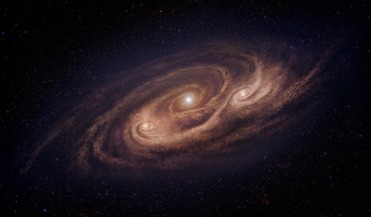 30 August 2018
Unstoppable monster galaxy puzzles and enlightens astronomers
30 August 2018
Unstoppable monster galaxy puzzles and enlightens astronomers
... of the research paper published in the journal Nature. Starburst galaxies are called so because they churn out stars at a frenzied... at a moderate pace. In this way star formation in galaxies is self-regulating. But, in COSMOS-AzTEC-1, the pressure ...
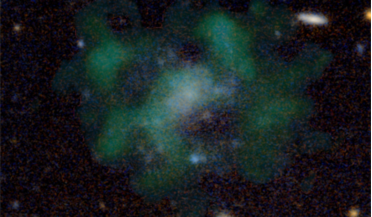 06 December 2021
Astronomers find a galaxy with no dark matter
06 December 2021
Astronomers find a galaxy with no dark matter
... a thousand times fewer stars. Because of this characteristic AGC 114905 is classified as an ultra-diffuse dwarf galaxy, with the name “dwarf galaxy” referring to its luminosity and not to its size. When visualised on a graph showing the distance...